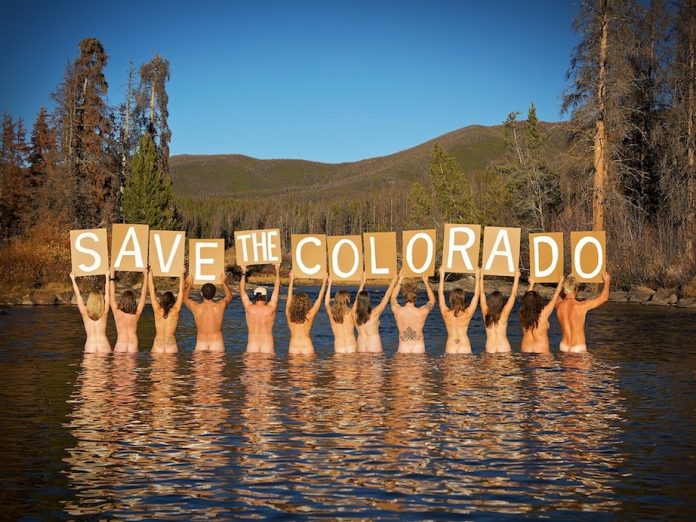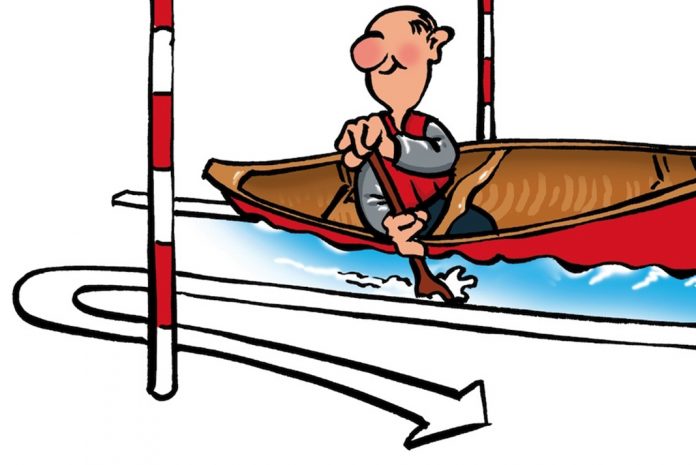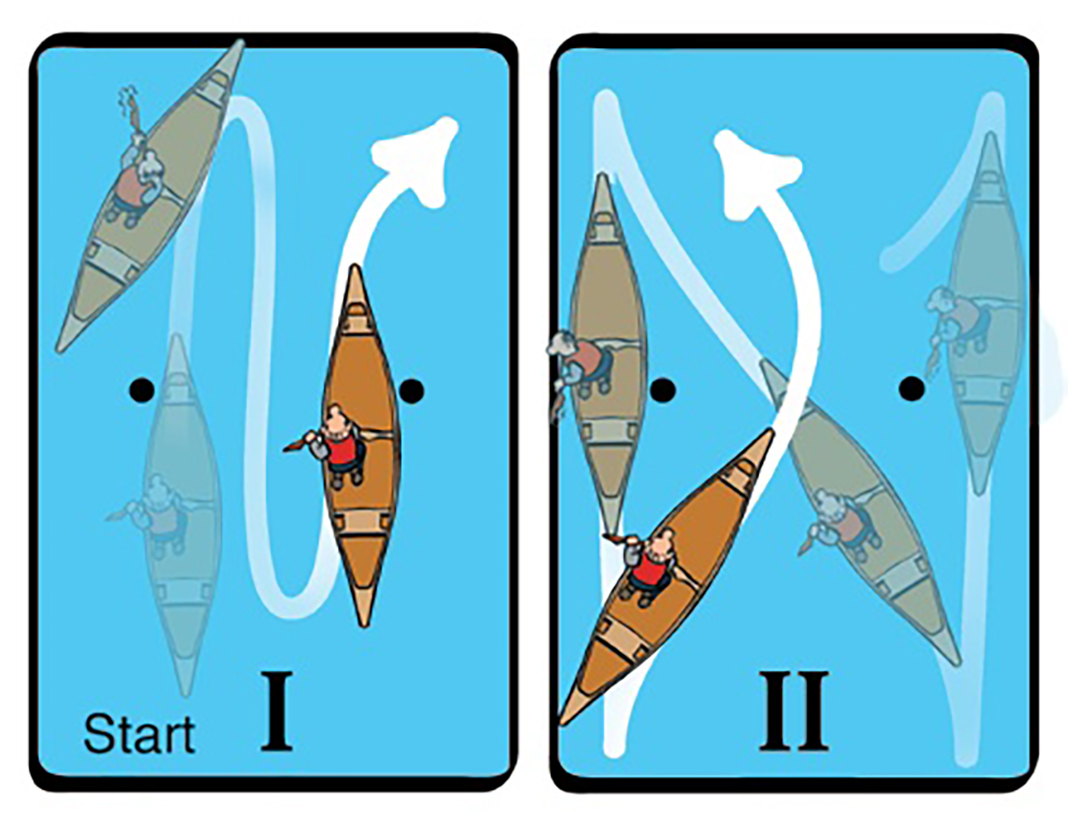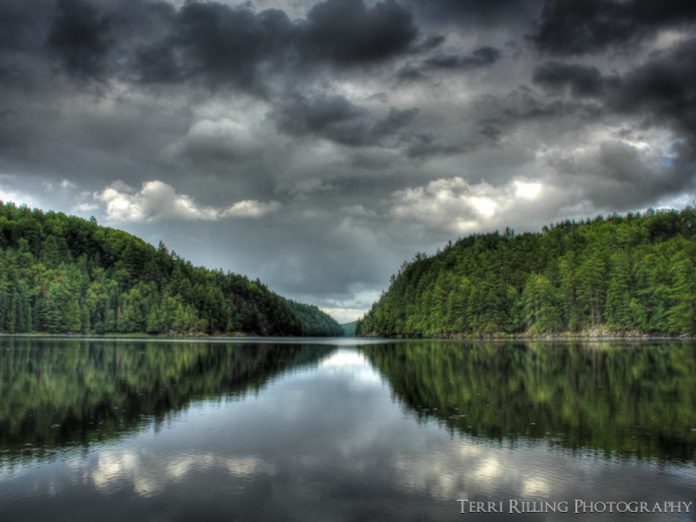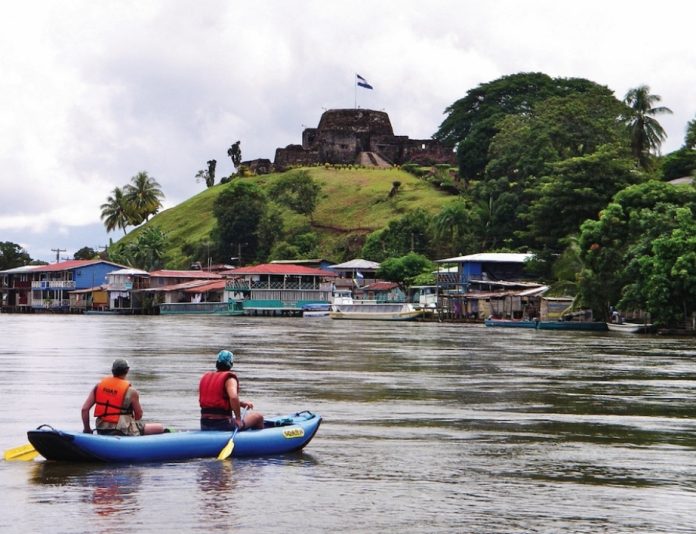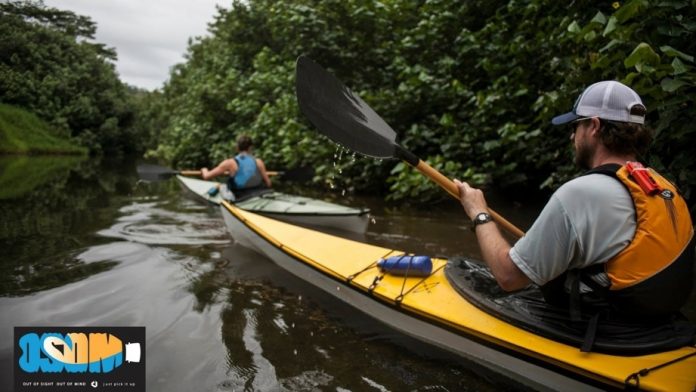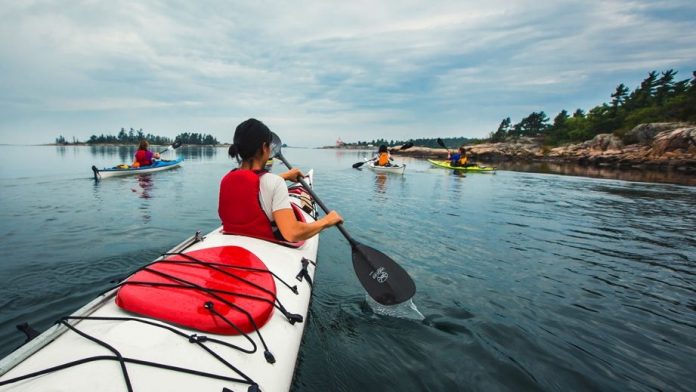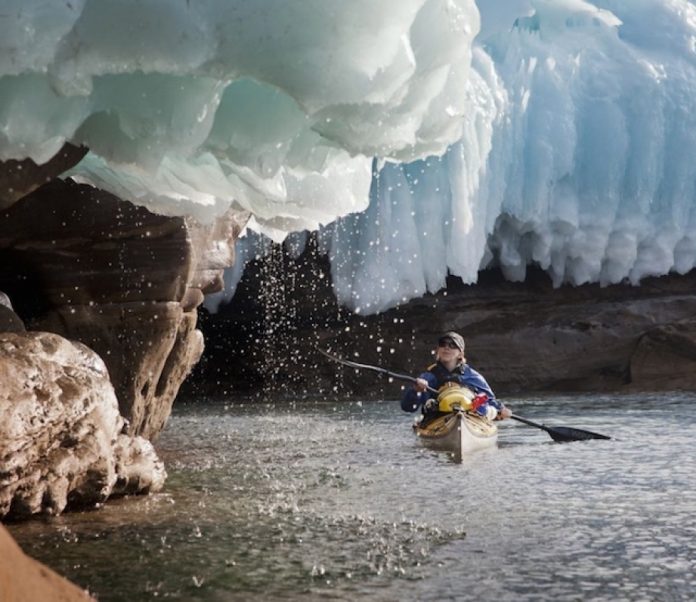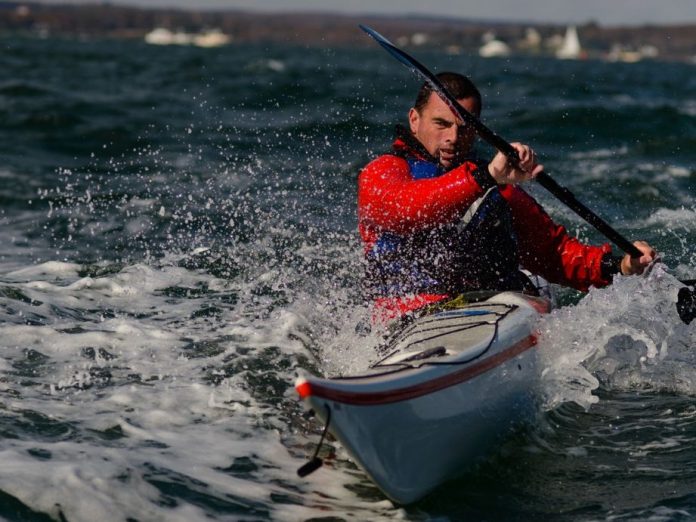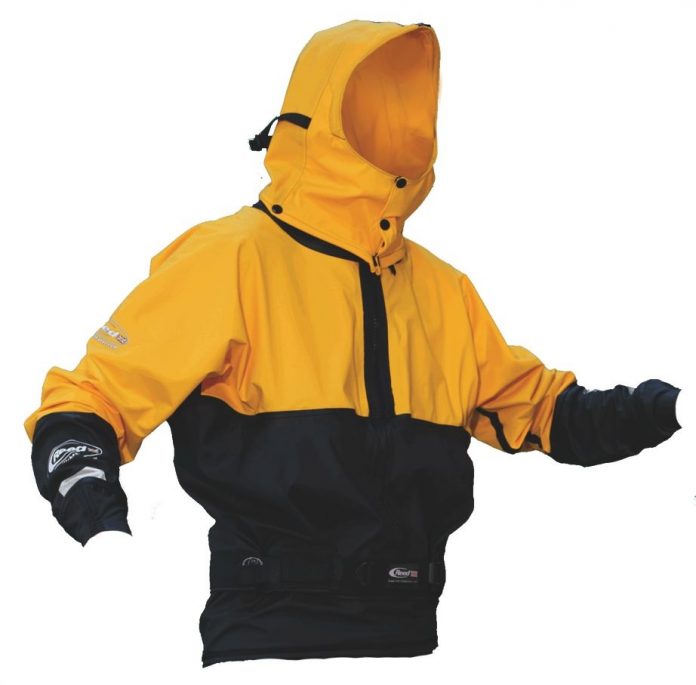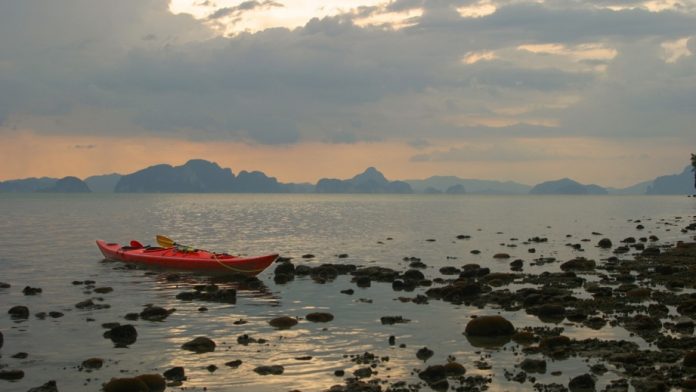This week in whitewater news: The Colorado is ranked America’s most endangered river, the East Coast Paddlesports & Outdoor Festival runs all weekend in South Carolina and a Nebraska group tries to turn flatwater into whitewater.
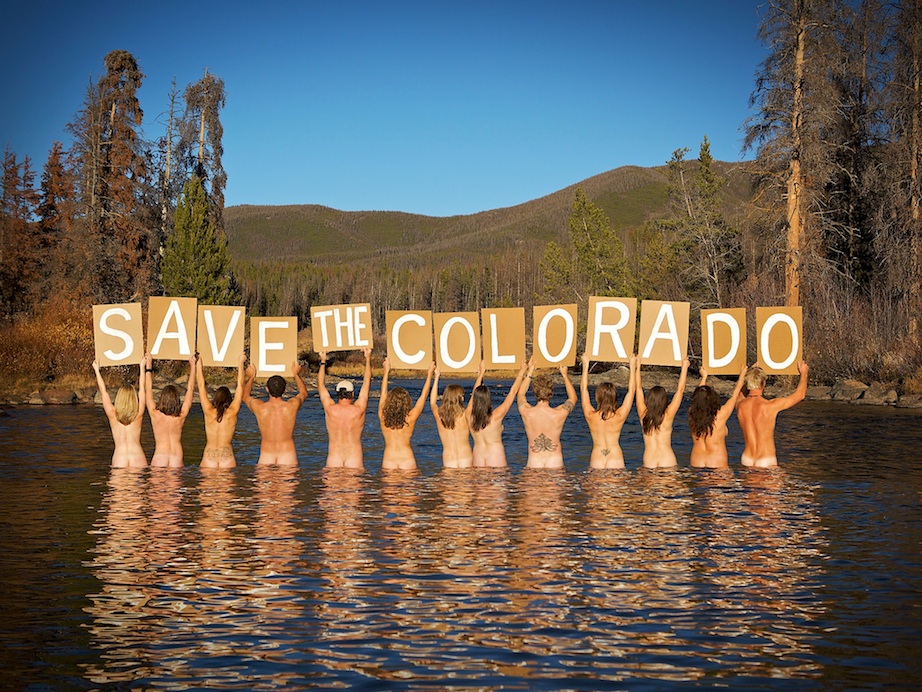
The Colorado: #1 Most Endangered River
On Wednesday American Rivers announced their list of America’s Most Endangered Rivers of 2013. The Colorado River ranked at the top of the list. They reported that outdated water management is putting the water supply in danger, impacting fish, wildlife and the river’s recreational uses. Others on the list include Montana’s Kootenai River, Minnesota’s Boundary Waters, Georgia’s Flint River and North and South Carolina’s Catawaba Rover.
See the full, detailed list of endangered rivers and help take action to protect The Colorado here.
(Photo courtesy of American Rivers)
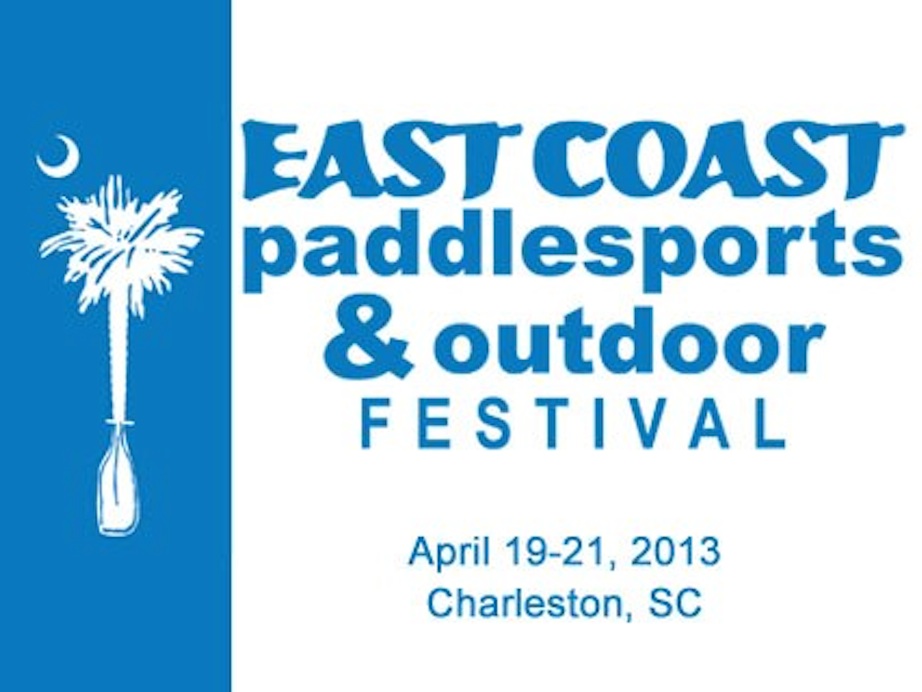
East Coast Paddlesports & Outdoor Festival
The East Coast Paddlesports & Outdoor Festival is coming up this weekend in Charleston, South Carolina. Join paddlers and other outdoor enthusiasts—the festival has expanded to include mountain biking, slack lining, climbing and more—for paddling classes that bombproof your brace, refine your rescues and strengthen your strokes. Also, there’s a beer tent and live bands—need we say more?
Check out their website for more information.
(Photo courtesy of Charleston County Park and Recreation Commission)
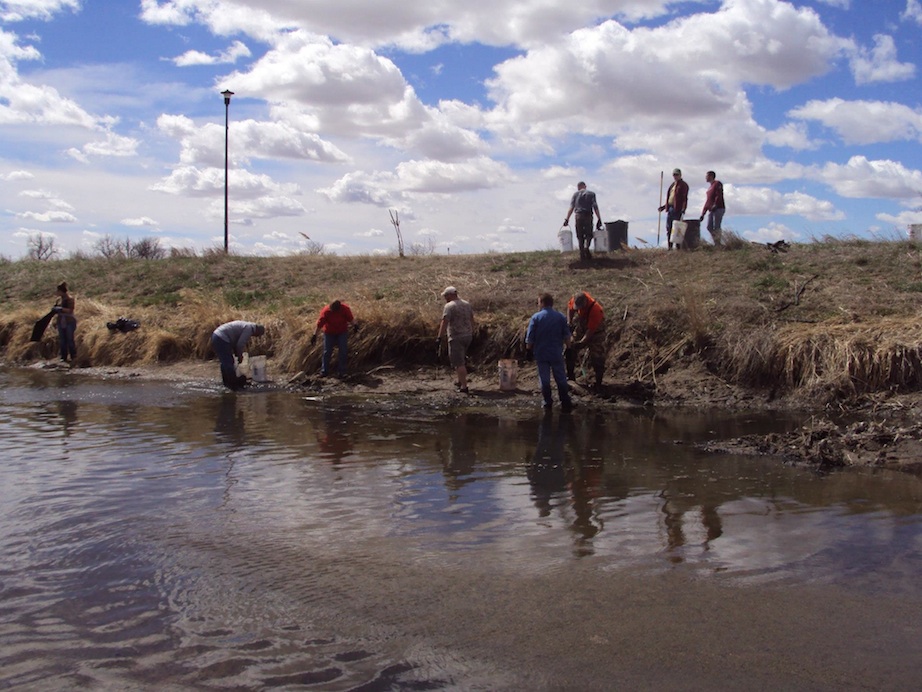
Turning Flatwater into Whitewater
A group of volunteers are trying to turn Kearney, Nebraska into a whitewater hotspot. The Kearney Whitewater Association wants to turn a stretch of flatwater on the Kearney canal into a whitewater park for canoeing, rafting, kayaking, SUPing and tubing, and hopes to draw national competition-level kayaking to the area. The first step is to clean the canal—this week a group of volunteers collected a 3.5-ton haul of garbage out of a half-mile stretch of water.
Read more about the project here.
(Photo courtesy of Kearney Whitewater Park)
Have a whitewater news story you’d like to share? Email it to [email protected].



